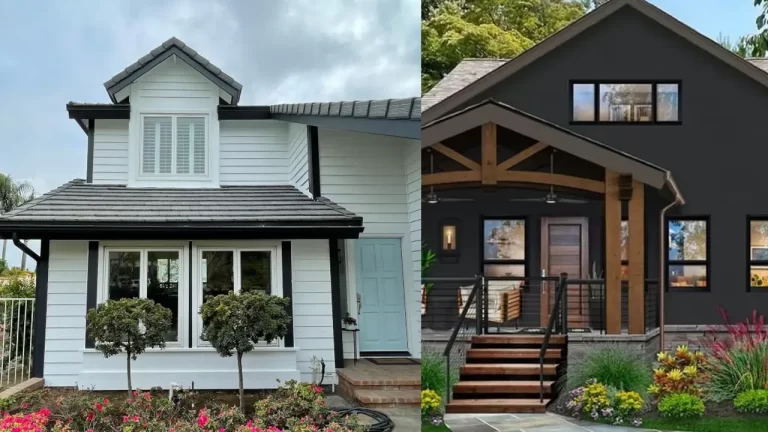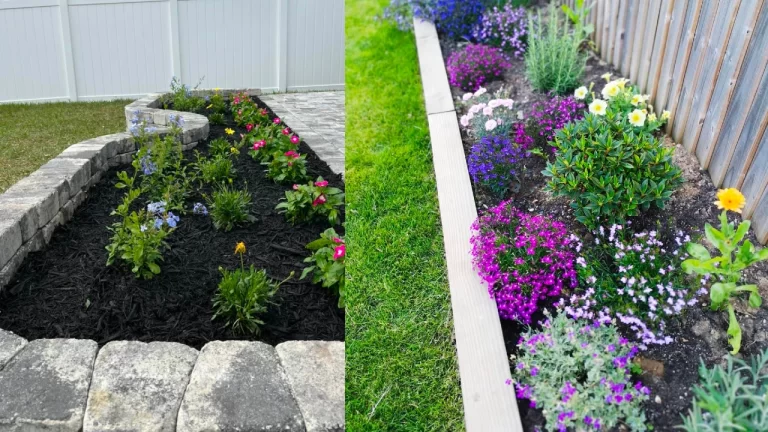Food is not just a resource necessary for human survival. It is something that can be connected to more than one sense: to memories, feelings, nostalgic moments. When people choose the food they eat, they tend to use their eyes first, hence the saying “eating with your eyes.” Marketing strategists have picked up on the significance of the appearance of food. How a food is prepared, packaged, and particularly the colors involved in the packaging can all affect the food’s sales. In those few seconds wherein a consumer is assessing a product, a subconscious judgement has already been made, mostly based on color.
Red
It is no surprise that colors have distinct meanings that people intuitively pick up on. This concept has been observed in psychology for decades. Each color represents a certain symbol or feeling. For example, red invokes passion or high emotion. Red is the perfect example of a color that affect the marketing of food products. Its bright hue and association with high stimulation are used by many fast-food establishments to grab consumer attention. Red and other warm colors (yellow, orange, etc.) can increase one’s appetite, as well as physiological processes like blood pressure and heart rate.
Yellow
Because yellow demands attention, it’s perfect for companies to use in their products or logos. There’s a reason why food companies like McDonald’s and Pizza Hut use yellow in combination with red. Yellow is associated with happiness and energy, and it is said to even stimulate one’s metabolism. Whether that is true or not, there is a clear association between yellow and an increase of serotonin secretion. This is where the cheerfulness comes in. Feeling happier can make customers more likely to overindulge in food than worry about nutrition or eating too much.
Blue
On the other side of the spectrum, blue suppresses one’s appetite. The theory behind the effects of blue on appetite is that not many natural food sources are blue. People who are trying to lose weight are encouraged to use blue plates to subtly curb their appetite without any extra effort. While this is great for such a population, it isn’t conducive from a food-marketing standpoint. Have you noticed that not many food-related businesses use the color blue? It’s more frequently used for corporate or medical businesses, because it exudes calmness and reliability. These companies want you to know that they are trustworthy. It is advised to paint office walls blue to promote peace and productivity while working.
Purple
Blue is the opposite of red in terms of its impact on appetite. What about mixing the two colors together to create purple? In theory, purple could incite a combination of calmness and passion. While this might be true, the color is the least used in brand marketing and logos out of all the colors. It is more often used with practical or informational based services, because of its historical connection with royalty and wisdom. Very few food-related companies used purple, like Wonka and Cadbury, which sell chocolate products.
What About the Rest of the Colors?
Other colors don’t have as strong of an effect on appetite as blue or red, but they are used in marketing strategies meant to convey a message. Green is a color that is associated with natural food, like vegetables and healthy greens. Companies use this color if they want to market their products as organic, sustainable, and healthy. It does incite a feeling of relaxation in consumers, much like what blue does, but green is more connected to food.
Brown gives off earthly, wholesome energy. It is quite appetizing when used for chocolate or coffee products. Colors like gray or white are usually not recommended for food marketing, as they don’t stimulate appetite at all. These monochrome colors are better used for sterile, corporate settings because they are related to neutrality and simplicity.
Final Words
Each colors has a purpose in its usage in marketing strategies. Some colors are better than others in inspiring a desire to eat and increasing one’s appetite. However, smart marketing does not make up for lack of quality. Color marketing techniques aim to grab customers’ attention, while the actual food contents and flavor make a consumer’s experience positive, memorable, and more likely to bring them back again.








I’m on this website doing a little research for a paper I’m writing for a class. It seems really good and professional, well done! 🙂